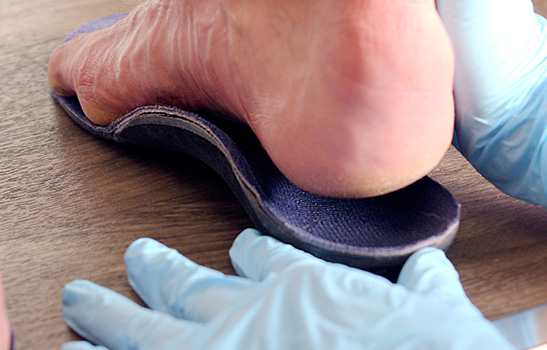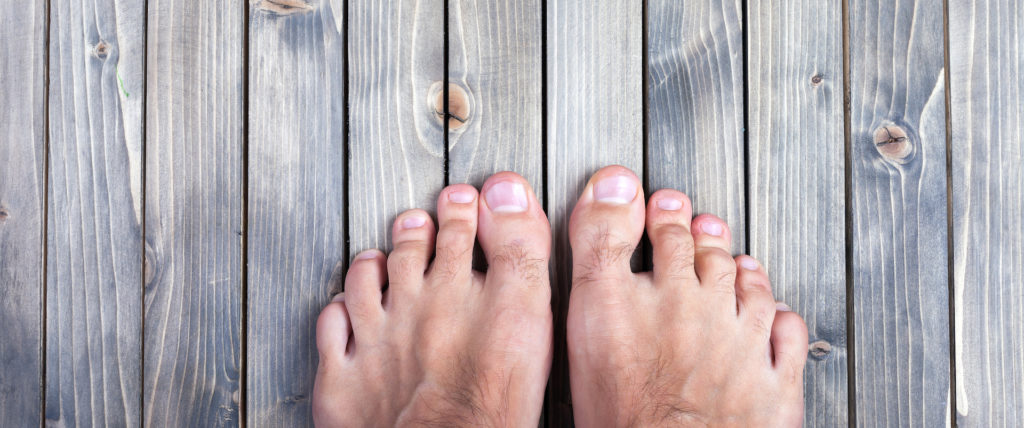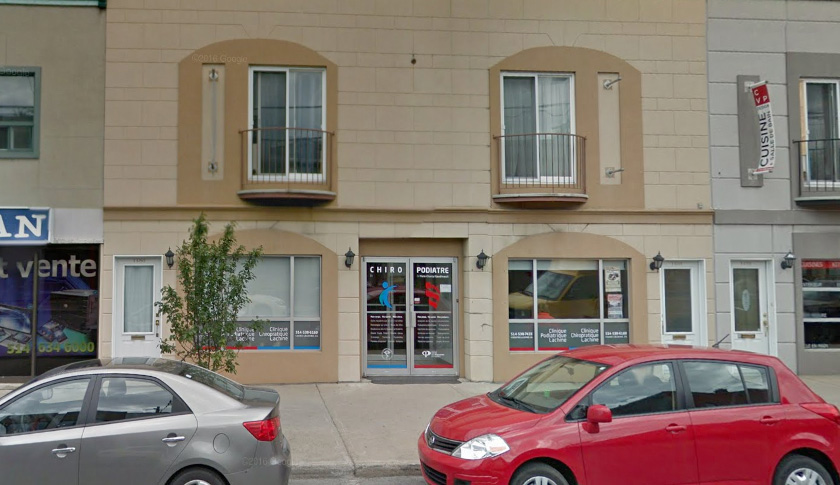Athlete’s foot or Tinea Pedis
In Latin, tinea means fungal skin infection and pedis means foot, so tinea pedis or athlete’s foot is fungus on your feet’s skin.
Athlete’s foot is a common skin infection that typically occurs between the toes, especially between the 3rd, 4th and 5th toes. However, the infection can spread across the entire sole of the foot.
See the causes See the long term complications See how to relieve yourself at home
Signs and symptoms of Tinea pedis or Athlete’s foot
- Itching between your toes or on the bottom of your feet
- Damp or macerated skin between your toes
- Dry, scaley skin between your toes or on the bottom of your feet
- Small, red bumps on the bottom of your feet
- Small bubbles
- Unpleasant foot odour
- In severe cases: skin blisters or ulcers
- Changes in toe nail colour or texture
What are the causes of Athlete’s foot
Athlete’s foot is caused by dermatophytes, which are fungi that infect the skin and nails. Most infections are caused by Trichophyton Rubrum, Tricophyton Mentagrophytes or Epidermophyton Floccosum, but some strains of candida can also cause athlete’s foot.
The skin on feet becomes infected following contact with these microorganisms. This can happen when you touch another person’s infected skin or a contaminated surface.
- Locker room floors and showers
- Pool decks
- Hotel rooms
- Fitting rooms
- Shoes in stores
- Floors and other surfaces in the homes of people who have athlete’s foot
- Floors of sports studios (karate, yoga, etc.)
- Pedicures
Certain factors can put you at higher risk of developing athlete’s foot :
- Hyperhidrosis (excessive sweating)
- Nail fungus (onychomycosis)
- Wearing damp footwear such as workboots
- Age (children and adolescents are at higher risk)
- Illnesses that compromise the immune system and make it harder to fight infection
Progression and consequences of Athlete’s foot
If athlete’s foot is left untreated, it will spread and get worse. What looks like a simple rash between your toes can lead to cracked skin and lesions on the bottom of your feet. The fungus can also spread to other parts of your body, including your hands, groin, between your buttocks or under your breasts.
Since the integrity of your skin is lost with athlete’s foot, you become at risk of bacerial infections. Sometimes leg infections and cellulitis can be caused by untreated athlete’s foot. This can be especially serious for patients who have diabetes or vascular disease.
Nail fungus (onychomycosis) is a common complication of athlete’s foot. The same fungi can cause nails to thicken and become brittle, discoloured and sometimes painful.
If you don’t treat athlete’s foot, you put your family at risk of getting it. You are contagious for as long as there are visible lesions on your skin.
How to relieve Athlete’s foot at home
- Keep your feet clean and dry, especially between your toes, and keep your nails short.
- Avoid walking barefoot (at home or elsewhere) and sharing footwear.
- Take measures to prevent contaminating shared spaces (shower, shower mats, etc.).
- Some over-the-counter creams can be effective for treating athlete’s foot, but prescription creams are often more efficient.
Diagnostic of Athlete’s foot (Tinea pedis)
Athlete’s foot can often be diagnosed by a health care professional through a simple visual assessment. Sometimes a sample of your skin (biopsy) may be taken to rule out other conditions that look like athlete’s foot.
What can my podiatrist do about Athlete’s foot?
The first step is to correctly diagnosis the condition. Your podiatrist will also make sure that you don’t have any other related infections. Then your podiatrist will prescribe medication and provide you with care instructions.
How to prevent Athlete’s foot?
- Wear sandals in public areas instead of walking barefoot.
- Wash and dry your feet with care, especially between the toes.
- Wear clean socks inside your shoes.
- Keep your shoes clean and dry. If they are damp, let them dry out for 24 to 48 hours. Alternate pairs of shoes.
- Sprinkle absorbent or antifungal powders inside your shoes.
- Don’t wear socks made of nylon or other material that traps sweat. Instead, opt for socks made of natural fibres, such as cotton or wool.
Only athletes get athlete’s foot!

This fungal infection is called athlete’s foot because it often affects people who do sports. Fungus thrives in warm, dark and damp places, like sweaty running shoes. Plus, people who do sports tend to walk in areas where fungus is more likely to spread, such as changing rooms, public showers, pool decks and gyms. But you certainly don’t need to be an athlete to get athlete’s foot!
And if it was not Tinea pedis (Athlete’s foot)?
A number of conditions look similar to athlete’s foot, including:
- Eczema
- Psoriasis
- Erythrasmus
- Xerosis (Dry skin)
- Soft corns
- Amelanotic melanoma


